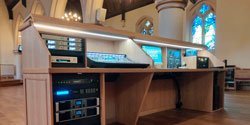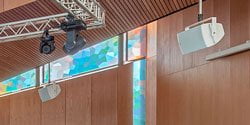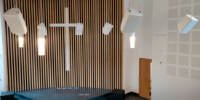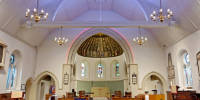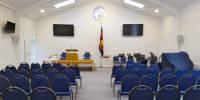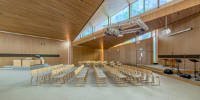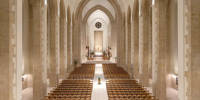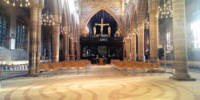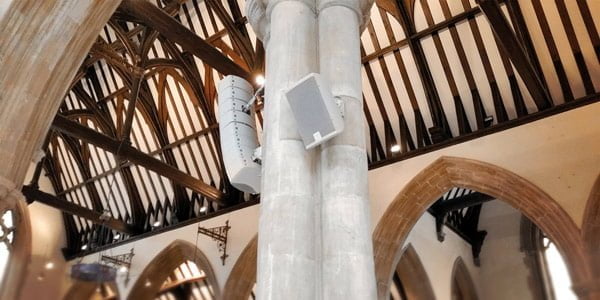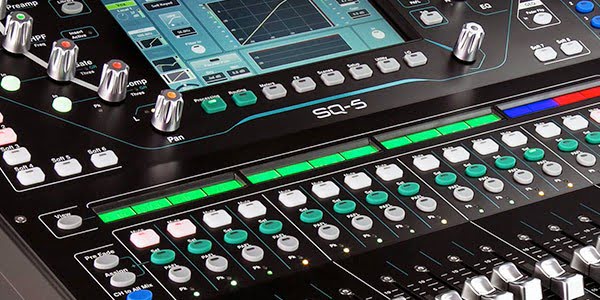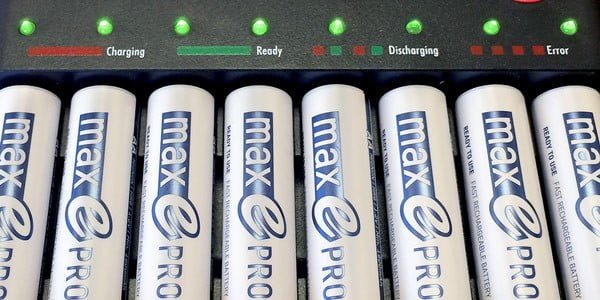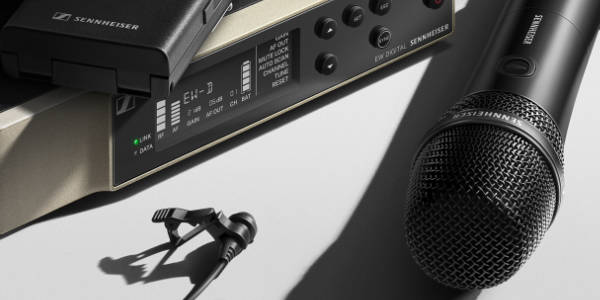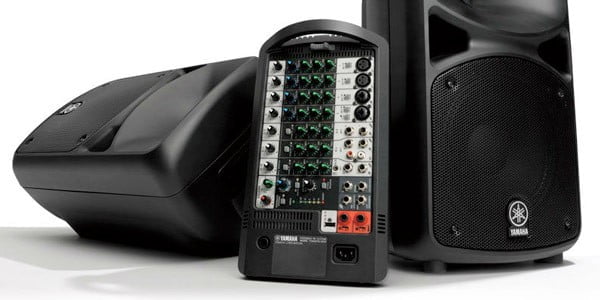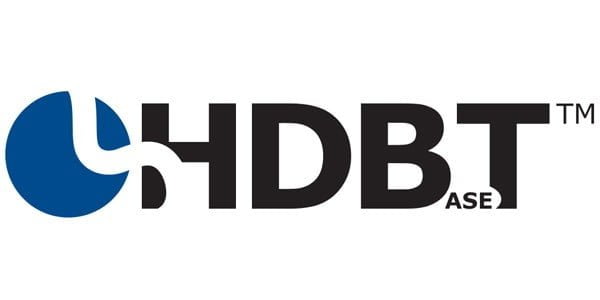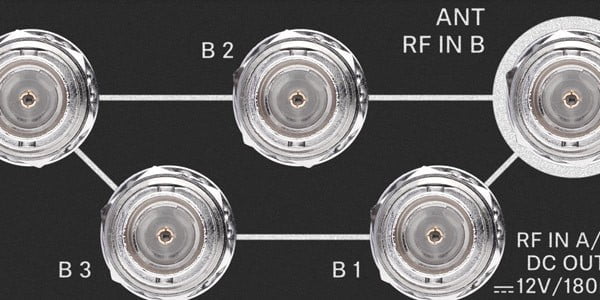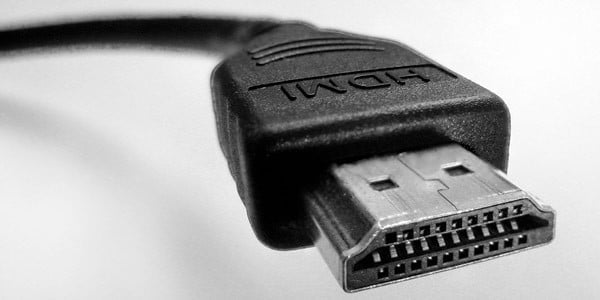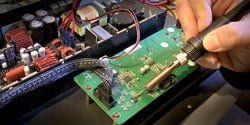
Sound systems are traditionally connected point-to-point over analogue cables. This can often be the simplest and most cost-effective solution. However, in larger installations, or where audio is required in multiple rooms or to be delivered flexibly around a building, Dante can provide an extremely flexible solution.
But what is Dante?
Dante replaces audio cabling with a computer network, allowing multiple audio channels to be sent over a standard Ethernet computer network. One Ethernet cable can cope with multiple audio channels, in fact in excess of 100 channels of audio can be sent easily over a single cable.
To utilise Dante, audio equipment will need to have a Dante interface. This is typically a specific card in the back of a capable mixer or amplifier, or a separate audio interface with a network port to connect to your Dante network. As Dante becomes the industry standard for network audio, more and more manufacturers are creating products with Dante connections built in. This means they can be added to existing audio signals on a Dante network and the routing be configured via controller software on a computer.
For more information on Dante Audio Network please visit: audinate.com


